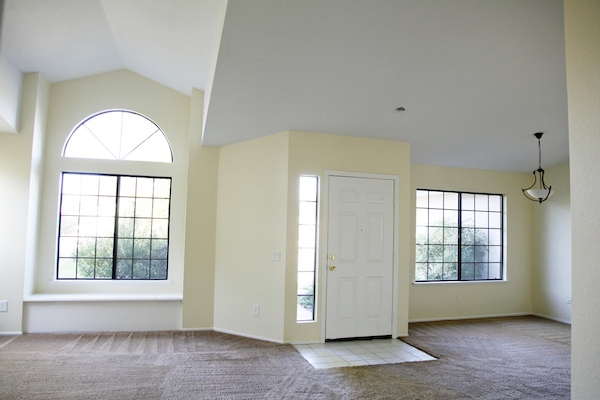
You know you want to make your air conditioning system more energy-efficient, but the cost of removing and installing an entirely new system can often be prohibitively expensive. If this is the case, you should be looking at auxiliary installations that can work in conjunction with your current system, improving performance without the expense of a total remove and replace project. Whole house fans are one of the best supplemental systems available.
How Whole House Fans Work
A whole house fan works by quickly pulling in large amounts of fresh cool air from outside and circulating it through the house. Meanwhile, the hot air gets pushed out the attic in minutes. If the temperature outside drops from 85-degrees to 75-degrees in two hours, for example, the air in the house will take about four hours to drop that much.
Whole house fans can do the job in less than half that time. Since it pushes air out the attic, it also cools the attic and reduces heat gain in the house. So by turning on your fan in the cool morning hours, you can bring in comfortable air, then close up the house and avoid the searing heat of summer. Turning it on again in the evening ensures all day comfort on all but the very hottest days.
Advantages of Whole House Fans
In milder climates, whole house fans can eliminate the need for central air conditioning altogether. This can allow you to focus on installing an efficient heating system for your home, such as radiant flooring. Even if you need something more than whole house fans during the summer, the fans will greatly reduce the stress and need for high performance from your current air conditioning system.
The operating cost of a whole house fan is about one-tenth that of air conditioning and should enable you to cut your electricity usage by 80 percent. The fans typically draw 400 to 600 watts of electricity, operating for eight cents or less per hour. Therefore, under the right circumstances a whole house fan can ventilate an entire house on the electricity an air conditioner would use to cool one room.
Ready to start your whole house fan?
Find ProsWhole House Fan Installation
A whole house fan can be wired into an existing electrical circuit and most fans are designed to go in easily, requiring no cutting of trusses. Direct-drive whole house fans are available at home centers for do-it-yourself installation, but these are noisier and less efficient than belt-driven models, making them inappropriate for medium and larger homes. You’ll also need to determine what size fan is appropriate for your home. Fans between 24 and 36 inches in diameter are usually the standard and whether you need a bigger or smaller fan depends on the size of your home.
Read more on our attic fan installation cost guide.
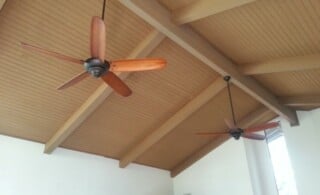 Ceiling Fan Installation
Ceiling Fan Installation 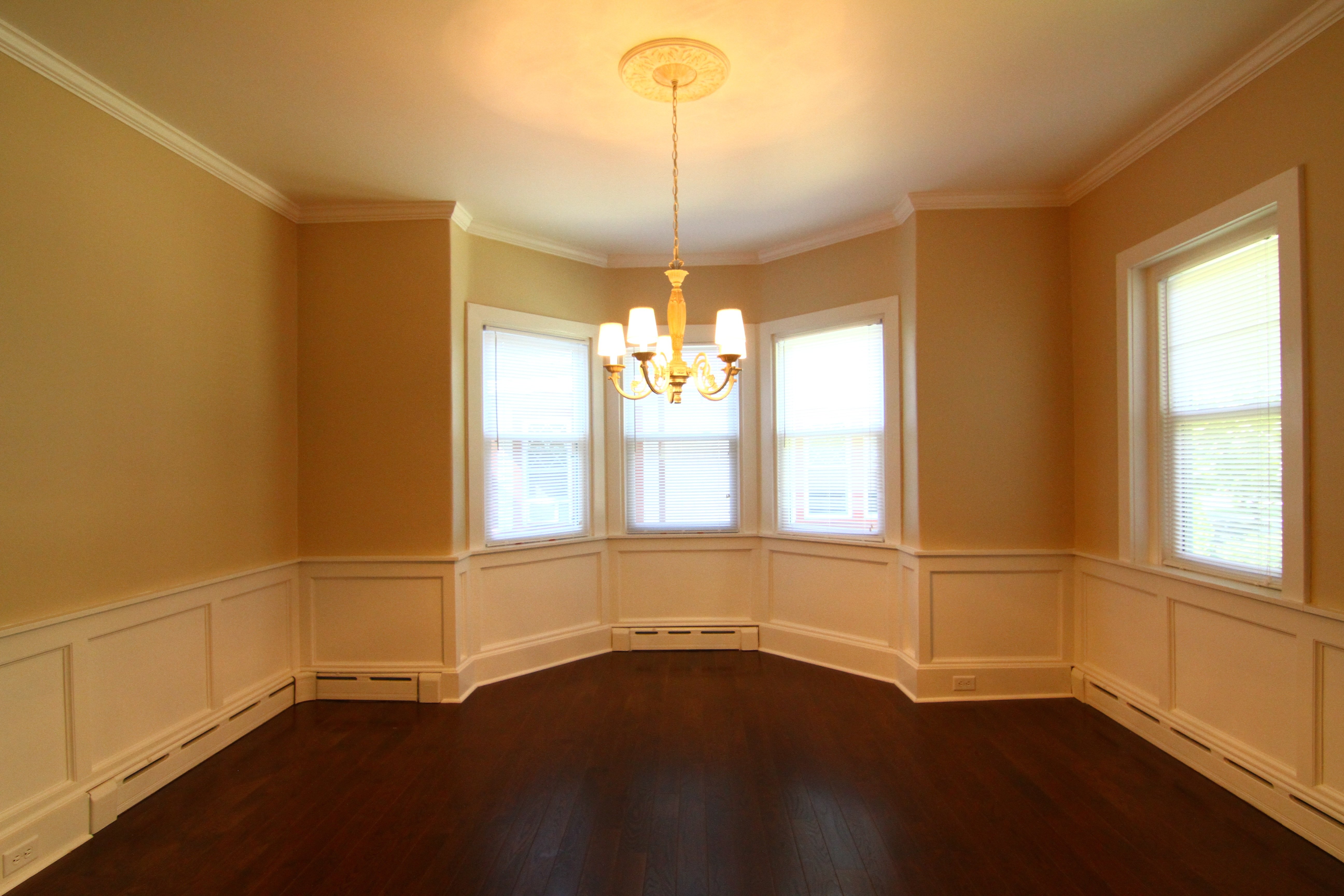 Baseboard Heating Options & Benefits
Baseboard Heating Options & Benefits 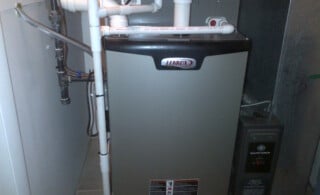 Forced Air Heating Systems – How They Work & Options
Forced Air Heating Systems – How They Work & Options 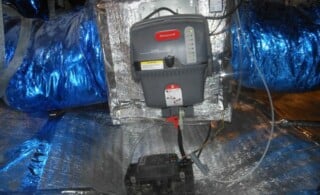 Whole House Humidifiers
Whole House Humidifiers  Consider Wood-Burning Furnaces
Consider Wood-Burning Furnaces 

Several assertions in this article are completely mistaken.
The article states that direct drive fans are noisier and less efficient than belt driven models. Belt driven fans are noisier because there are more moving parts and more mechanical noise. Neither are they inherently more efficient. Energy consumption is comparable between the two styles.
Ask anyone who has ever heard the difference between the innovative QuietCool Whole House Fan and the legacy designs that sit directly on the ceiling with a belt driven system, and they will tell you the legacy fans sound like a helicopter while the QuietCool models are dramatically quieter.
Also, the article ends by referencing Whirlybird as a company that sells fans of various sizes. In fact, Whirlybird does not sell fans. They manufacture roof vents. Whirlybird vents may sometimes be added to roofs for additional venting if existing attic venting is insufficient for a whole house fan.